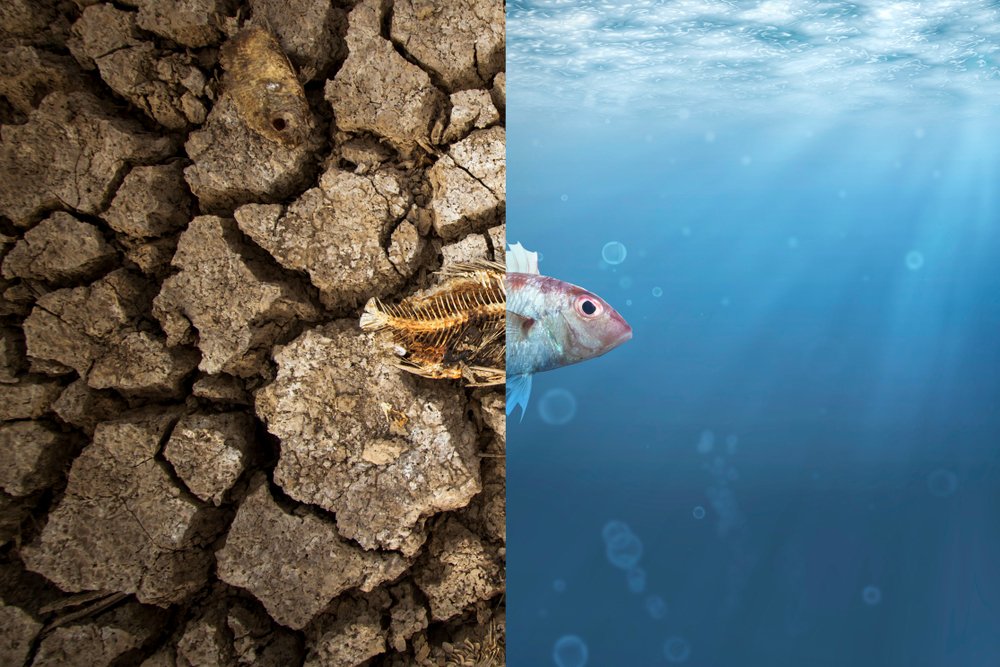NASSAU, BAHAMAS — The government has teamed up with the World Bank to release the country’s first-ever Climate Spending Report, which revealed that based on approved 2021/2022 budget estimates, the projected government spend on climate change and disaster risk management was over $126 million.
In a statement, the Ministry of Finance noted that in the aftermath of recent climate change-related disasters, the government implemented Climate Change and Disaster Tagging, a tool used to monitor and track climate and disaster-related expenditures in the national budget.

Tagging it noted, provides comprehensive data on climate change relevant spending, enabling the Government to make informed
decisions and prioritize climate and disaster investments.
The report it noted will inform the government of the amount of expenditure allocated under both the recurrent and capital budgets to adequately address the effects of climate change as well as gauge the impact of targeted climate spending on climate and disaster resilience.
The Climate Spending Report used the General Finance Statistics (GFS)classification of economic segments to determine the amount of expenditure on climate change and disaster risk management.

The report noted that in 2021/2022, the Government of The Bahamas intended to spend $72,184,093.92 or 2.3 percent of its total budget on climate change.
The projected spend on disaster risk management was lower compared to climate change and estimated at $54,391,665.68 or 1.7 percent of the total budget.
The report also noted that in addition to the severe impacts of Hurricane Dorian in 2019, which exceeded US$3.4 billion in economic losses, the country faces an average annual loss from windstorms of US$850 million.
According to the report, some sectors within The Bahamas are particularly vulnerable to the effects of climate change and disasters.
“These include farming and fishing where those working can lose everything in a single event,” the report noted.
“Insurance programs that enable even partial replacement of equipment lost and damage sustained can go a long way to enabling these sectors to recover following a disaster.”






